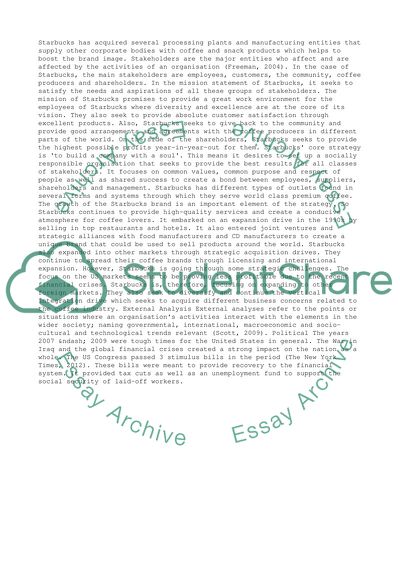Cite this document
(“Starbucks is the world's premier coffee roaster and retailer Essay”, n.d.)
Retrieved from https://studentshare.org/business/1396546-starbucks-case-study
Retrieved from https://studentshare.org/business/1396546-starbucks-case-study
(Starbucks Is the world'S Premier Coffee Roaster and Retailer Essay)
https://studentshare.org/business/1396546-starbucks-case-study.
https://studentshare.org/business/1396546-starbucks-case-study.
“Starbucks Is the world'S Premier Coffee Roaster and Retailer Essay”, n.d. https://studentshare.org/business/1396546-starbucks-case-study.


